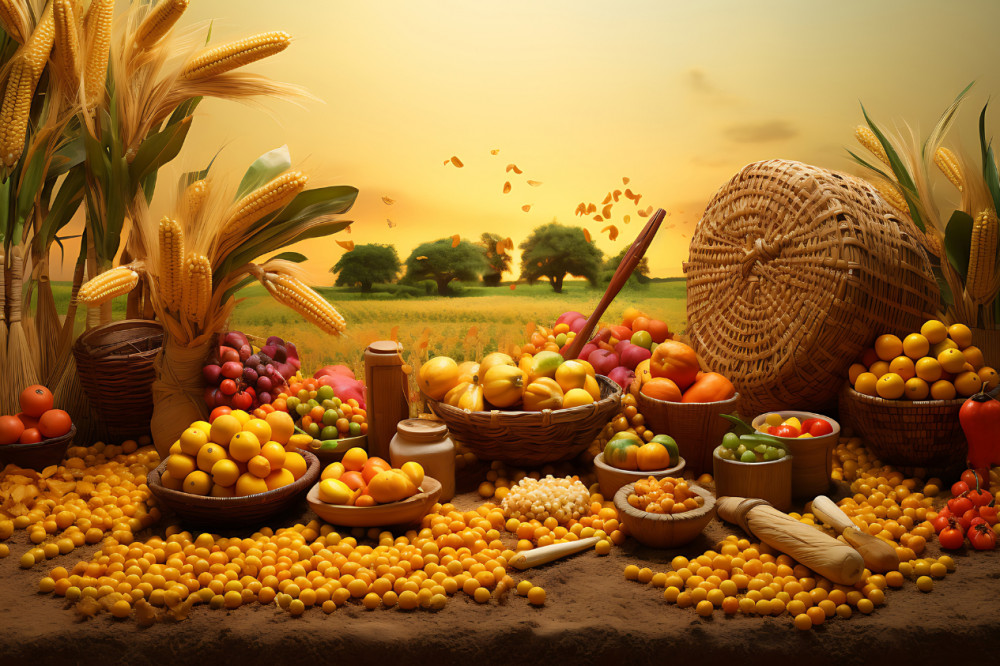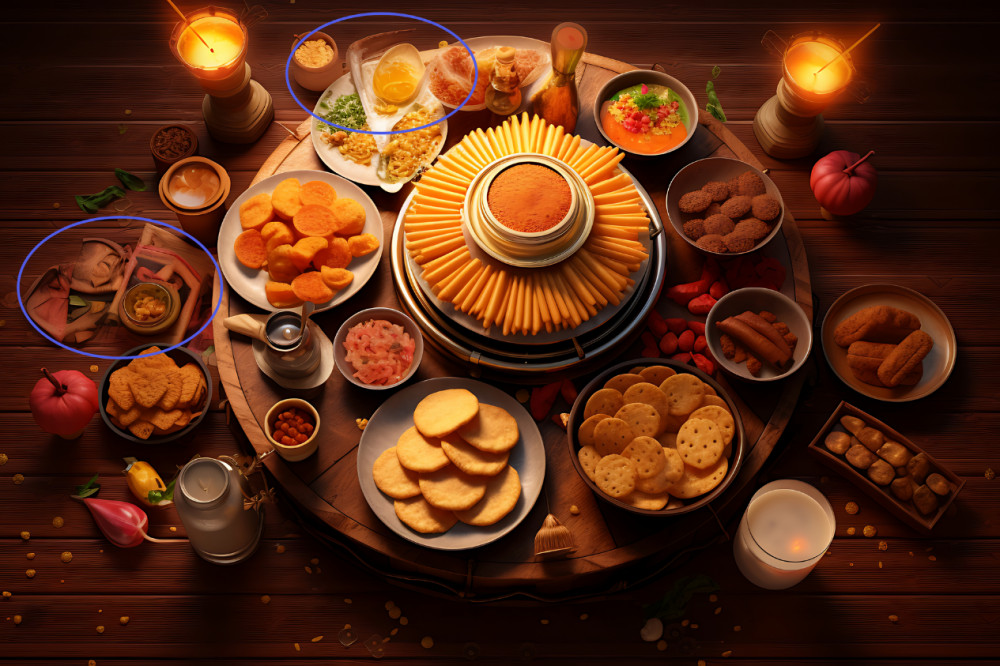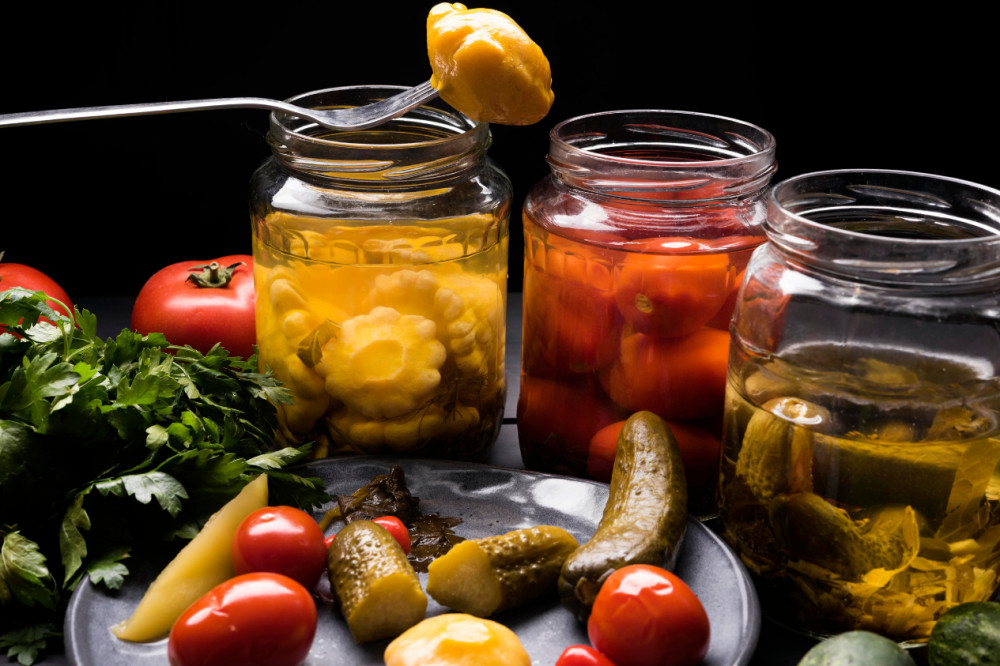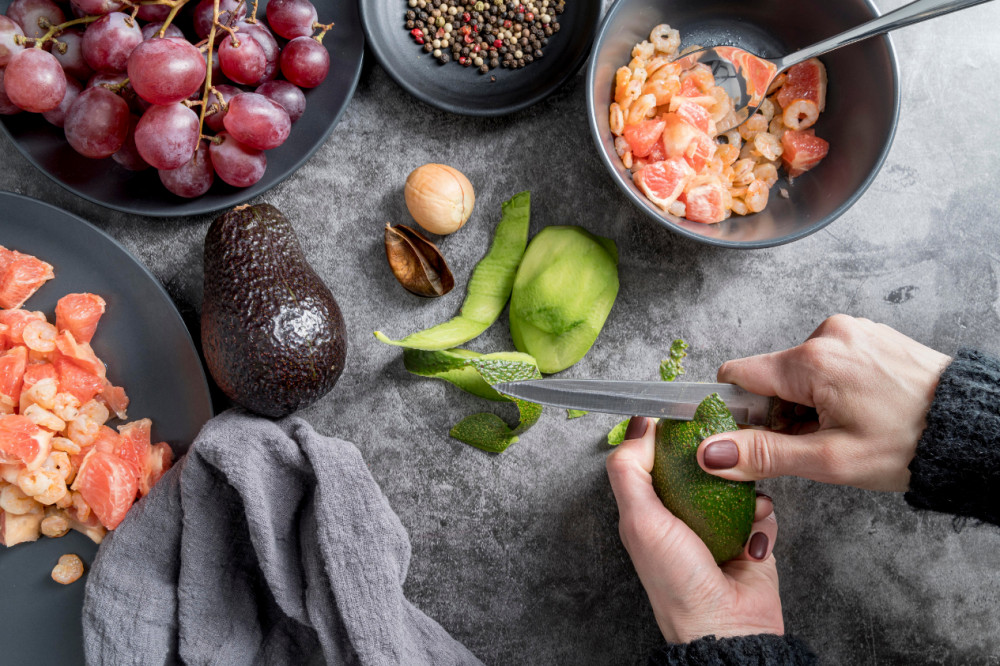
Top SEO Tips for Ranking Your Recipe Blog in India

With an avalanche of content being published online, food enthusiasts in India are looking online for anything from ‘street-style chaat recipes’ to ‘gluten-free rotis.’ If you have a recipe blog, you need to know a lot about food SEO, especially in a market as dynamic and diverse as our own. No matter if you are a home cook, a professional chef, or operating an Indian cooking site, you must have a smart, well-researched content strategy to reach hungry audiences and the front page of Google.
1. Identify Audience and Search Intent in India
Before you jump into food SEO, identify your audience for your recipe blog. Are you targeting:
- Indian millennials looking for 15-minute meals?
- Traditional regional food enthusiasts in India, more specifically Tamil Nadu, Punjab, Gujarat, etc.?
- Low-oil, health-conscious readers for Indian recipes?
Using tools like Google Trends India, Semrush can help you identify trending keywords concerning Indian dishes, such as:
- Instant pot dal makhani
- Healthy Indian lunch box ideas
- Easy South Indian breakfast recipes
2. Smart Keyword Research for Recipe Blogs
Keyword research is the most important aspect of food SEO. Users in India may search using English, Hinglish, or a regional language, so you're looking for long-tail keywords to represent this diversity.
A few examples for your Indian cooking website would be:
- How to make Bengali kosha mangsho
- Best butter chicken recipe in Hindi
- Low-calorie paneer curry for dinner
Using a blend of English and transliterated Hindi (for example, "kachori banane ki vidhi") expands your reach. You can use tools like Ahrefs and SEMrush to analyse the keyword difficulty and search volume.
Pro Tip: You can maintain a spreadsheet of keyword clusters of every cuisine you cover - North Indian, South Indian, fusion, Jain, festive foods and more.
3. Write Clickable SEO, And Like-Good Titles
Google and readers greatly appreciate clear, keyword-optimised titles. Don't use ambiguous titles like ‘Sunday special,’ but instead write SEO-optimised, rich, descriptive titles like:
- Restaurant Style Spicy Hyderabadi Biryani Recipe
- No-Onion, No-Garlic Chole Recipe for Navratri
- Easy Rava Idli Recipe for Breakfast - South Indian
Make sure the focus keywords from your content strategy, such as recipe blog, Indian cooking site, and food SEO recipe, are in your titles. Titles should be under 60 characters so they are visible and concise.
4. Optimize Meta Descriptions with Indian Flavor
Meta Descriptions to help improve click-through rates. Keep them less than 155 characters and add your Indian flair:
Make this Mumbai street-style pav bhaji recipe in 20 minutes! The perfect spicy dinner or snack.
Always include your focus keywords (for example: recipe blog, Indian cooking site) in your meta descriptions to support your food SEO efforts.
5. Use Structured Data for Recipe Blog SEO
You will want to use a Recipe Schema Markup to increase your visibility on search engine results pages. It enables Google to better understand your content, and you may get your recipe displayed as a rich snippet with the appearance of the ingredients, cook time and reviews.
WordPress (or other platforms/sites) supports plugins like:
- WP Recipe Maker
- Tasty Recipes
- Yoast SEO (includes Schema)
Every Indian cooking site should have this in order to improve discoverability and authority with food SEO.
6. Create Informative and User-Friendly Content
Your recipe blog should be more than simply a list of ingredients. Write informative recipe content that aligns with search intent example:
- Personal story or history of the region
- Ways to substitute your ingredients
- Step-by-step images or videos
- Tips for Indian cooking vessels (pressure cooker, tawa, etc.)
- Pairing suggestions (serve with jeera rice, phulka)
Creating value is the crux of your content strategy. Google prefers longer, substantial posts over thin or keyword-stuffed posts.
7. Don't Forget About Image SEO for Indian Food
Indian food is colourful and photogenic, use it! Image optimisation is important for a food SEO recipe-based blog. You can do this in a couple of ways:
- Descriptive filenames: malai_kofta_recipe.jpg
- Alt text: Creamy Malai Kofta with cashew curry
- Compress your images using TinyPNG or ShortPixel for better loading times
Images help you show up in Google Image search, too, which is a valuable source of traffic for recipe blogs in India.
8. Create Internal Links Through Recipe Clusters
Direct readers (and Google) to related publishing by naturally interlinking them. A post about ‘Dosa Batter Recipe’ can link to:
- Masala Dosa Recipe
- Onion Tomato Chutney
- South Indian Filter Coffee
This will improve crawlability, will improve user experience, and help your content strategy as a whole. Use descriptive anchor text, like “try this instant rava dosa”, instead of “click here.”
9. Make Sure You Are Mobile-Optimised for Indian Traffic
Most Indian users visit food blogs on mobile, so make sure your Indian cooking blog is mobile-optimised with:
- Fast loading speed (use PageSpeed Insights)
- Responsive design
- Readable fonts
- No pop-ups that interrupt users
And also, make sure you are paying attention to your Core Web Vitals as they are now ranking factors in Google's algorithm.
10. Utilise Local and Regional SEO
Hoping to have your recipe blog rank for folks searching for recipes in Delhi, Chennai, Kolkata....? This is where local SEO plays a key role in your content plan. Here are some tips:
- Mention specific cities/regions where the dish is relevant
- Use geo-targeted keyword phrases such as ‘authentic Tamil breakfast in Chennai’ or ‘Bombay best vada pav’
- Look out for backlinks from local Indian food bloggers or the regional recipe forum
This is all particularly relevant for search queries where your blog post will include references to food that may go through particular lifecycle events (ie street food, festival cooking, regionally said food is presented/decorated, etc).
11. Use YouTube and Indian Social Platforms for Off Page SEO
The SEO for your recipe blog doesn't stop at Google. Think about off-page SEO tactics to build authority and get backlinks:
- Post recipe videos on YouTube Shorts or Instagram Reels
- Upload your recipes to recipe-sharing sites in the Indian space, like Foodism
- Collaborate with other Indian/Indian focused bloggers for guest posts or backlink exchange
12. Refresh and Repurpose Old Content
Old posts can drive new traffic, too—if you update them. Every 6 months, revisit your best post and:
- Add new keywords
- Update alt text and meta descriptions
- Refresh photos and instructions
- Link to new recipes
This will keep your food SEO updates relevant and encourage the longevity growth of your recipe blog.
Ranking your Indian cooking website or recipe blog doesn't come down just to filling it up with keywords--It emphasises well-structured, visual, and authentic content with a content strategy. There is a big difference between targeting long-tail keywords to using recipe schema, and optimising for mobile, you will get what you need for food SEO.
As a food creator in India, your creativity deserves to be seen. If you follow these food SEO/best practice strategies, you will be able to showcase your recipes, used by thousands, not just seen, but remembered, shared and bookmarked.
Related Blogs

Flavours of Mizoram: The Harvest Table You Need to Try
39 Views

Fusion Thanksgiving: India-Inspired Global Feast
82 Views

Food Offerings and Festive Plates of Kartik Purnima
183 Views

The Science of Ferment: Easy Homemade Fermented Foods
133 Views

Zero-Waste Cooking: 7 Dishes That Use Every Bit
133 Views